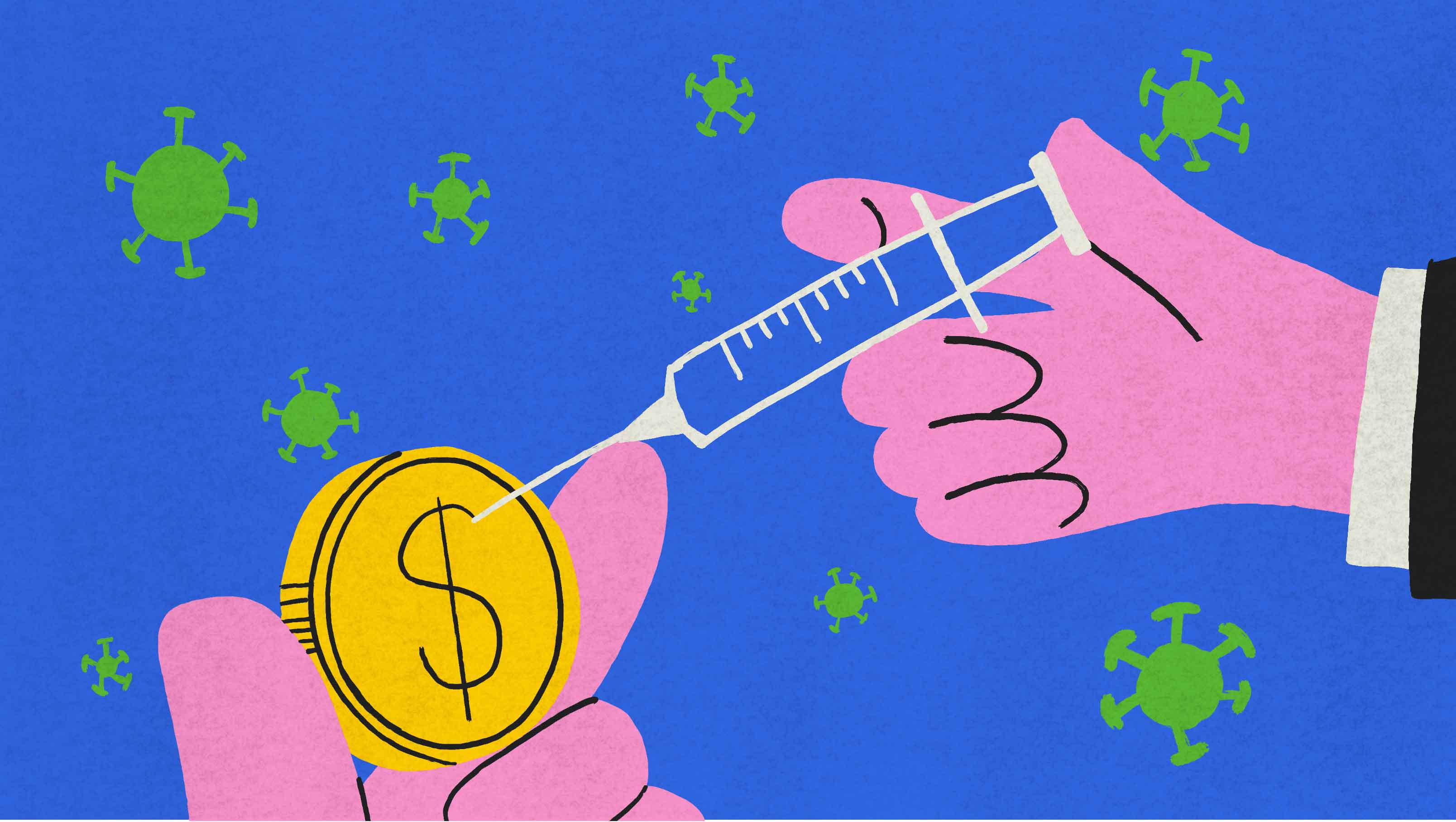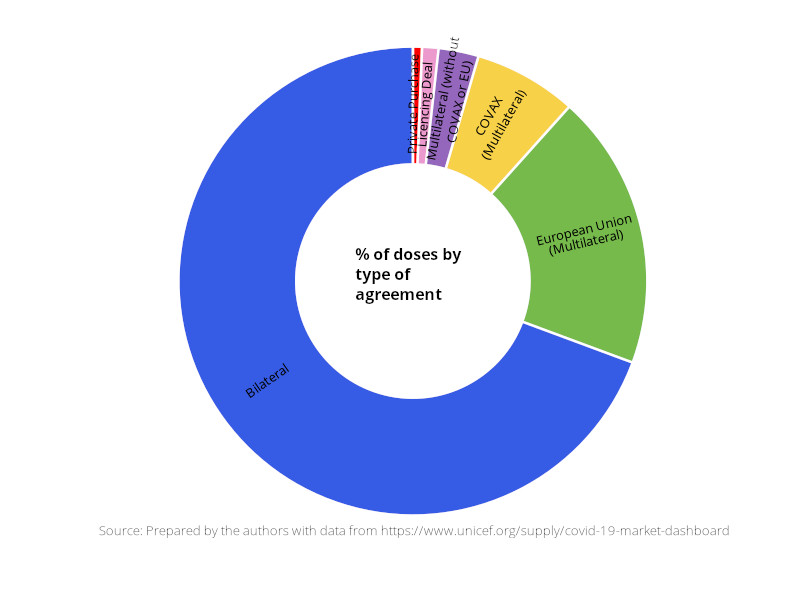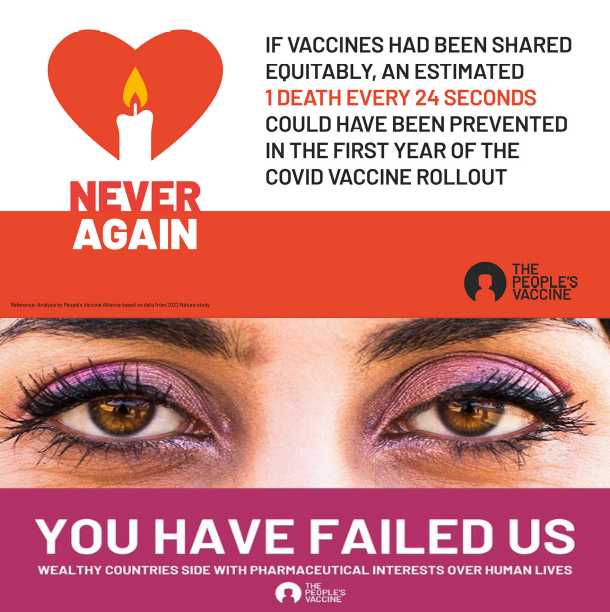What the pandemic left behind
1. Vaccines in record time
Before the COVID-19 crisis, no vaccine had taken less than four years to be developed by laboratories, approved by regulators, and produced for distribution. Due to the pandemic, vaccine development efforts were accelerated and completed in less than a year. The development was facilitated by prior research on coronaviruses, regulatory changes by agencies that streamlined the paperwork and procedures for vaccine approval, public investments in vaccine development, and early government procurement that reduced the risk of producing the vaccine.

What the pandemic left behind
2. Vaccine nationalism
Both health emergency and geopolitical criteria drove the accelerated approval process. The FDA has only approved vaccines for emergency use from four of the largest US pharmaceutical companies: Pfizer-BioNTech, Moderna, Janssen, and Novavax. Vaccines from Russia, China, India, and the United Kingdom were not approved by the FDA, even though all except for Russia’s vaccine were approved by the WHO. Although various international cooperation mechanisms were established to facilitate global access to vaccines, they proved insufficient in mitigating inequalities and limiting vaccine hoarding. UNICEF reported that 69% of vaccine doses were obtained through bilateral agreements, the European Union procured 19%, and only 7% were obtained through the COVAX mechanism.

What the pandemic left behind
3. Inequitable access to healthcare
As of May 22, 2023, 66.31% of COVID-19 booster doses were administered in high-income countries, 49.94% in upper-middle-income countries, 18.84% in lower-middle-income countries, and only 3.18% in low-income countries. Low-income countries had to increase their health budgets by 56.6% to vaccinate 70% of their population, while high-income countries only needed to increase them by 0.8%. The pandemic severely impacted low-income countries’ health systems, which lacked personnel and infrastructure, further limiting access to vaccines.
.svg)
What the pandemic left behind
4. Monopoly, patents, and corporate capture
The industry’s incentives to monopolize products explain the predominance of bilateral agreements, acceptance of company-benefiting clauses, and lack of transparency. Companies prioritize profits over health despite taxpayer-funded innovations. Novavax was granted federal funding for their research. Moderna received funding and technical support from the National Institutes of Health (NIH). On the other hand, Pfizer did not accept research funding but received financial aid from the German government through BioNtech. Additionally, Pfizer received public money from the US government’s advance purchases. AstraZeneca, Janssen, Moderna, and Pfizer were granted 42832.20 million dollars by the Biomedical Advanced Research and Development Authority (BARDA) for developing, producing, and pre-purchasing vaccines and treatments.

What the pandemic left behind
5. People’s Vaccines
The People’s Vaccine Alliance is a coalition of over 100 organizations and networks supported by public health experts, activists, heads of State, and Nobel laureates. Together, they have worked towards ensuring universal access to COVID-19 vaccines by advocating for the liberalization of patents for vaccines and drugs. Despite this work, the WTO’s approval of the Trade-Related Aspects of Intellectual Property Rights (TRIPS) waiver was delayed and provided less protection than initially proposed.
